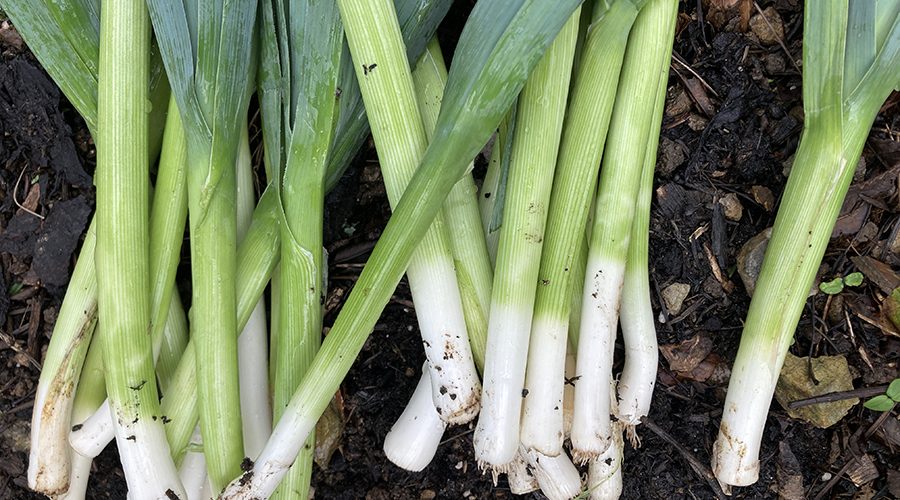Growing and harvesting baby veg is a great way to get more from your plot. Not only can it save on space by planting a little closer together, but it also allows for a follow-on crop. For example, the baby leeks pictured above were planted out in October and have just been harvested now in February to make space for planting onion and garlic sets.
What can I grow as ‘baby’ veg?
Beetroot, carrots and leeks are probably the best veggies to grow for a baby harvest, but you can also grow lettuces and leaves in a similar way, harvesting as young baby leaves rather than waiting for the plants to mature.
How do I do it?
To grow baby veg as a way of saving space, you can simply plant the plugs a little closer together and harvest them earlier. For example, in spring you could plant leeks 10-15cm apart rather than 20cm apart, and harvest in late summer rather than leaving them in the ground until winter. Likewise, for lettuces and salad leaves, simply plant a little closer together and harvest more frequently as cut and come again (we have a useful video about this)
What if I don’t want to harvest them all as baby veg?
For beetroot, carrots and leeks, there are two options when it comes to harvesting. Either harvest all in one go, in which case you will clear a space for a follow-on crop (see below) or you can harvest half by pulling up every other plant and leaving the remaining plants in the ground to grow to full size. This is a good way of getting a staggered crop so that you can enjoy your veggies at different times of the season rather than all in one go.
How to cook baby veg
The brilliant thing about growing leeks, beetroot and carrots as baby veg is that they are SO delicious for roasting whole (and try griddling baby leeks, or cooking them on a barbecue.) Just pop them in a roasting pan, drizzle with oil and season well, and roast them whole. So good.
Harvest courgettes as baby courgettes too
You can also harvest courgettes as babies – you don’t have to wait for them to reach full size. You won’t save any space in your plot, but you may find it easier to manage gluts if you harvest some while they are younger. Again, you can roast them whole or pop them on a barbecue in the summer.

